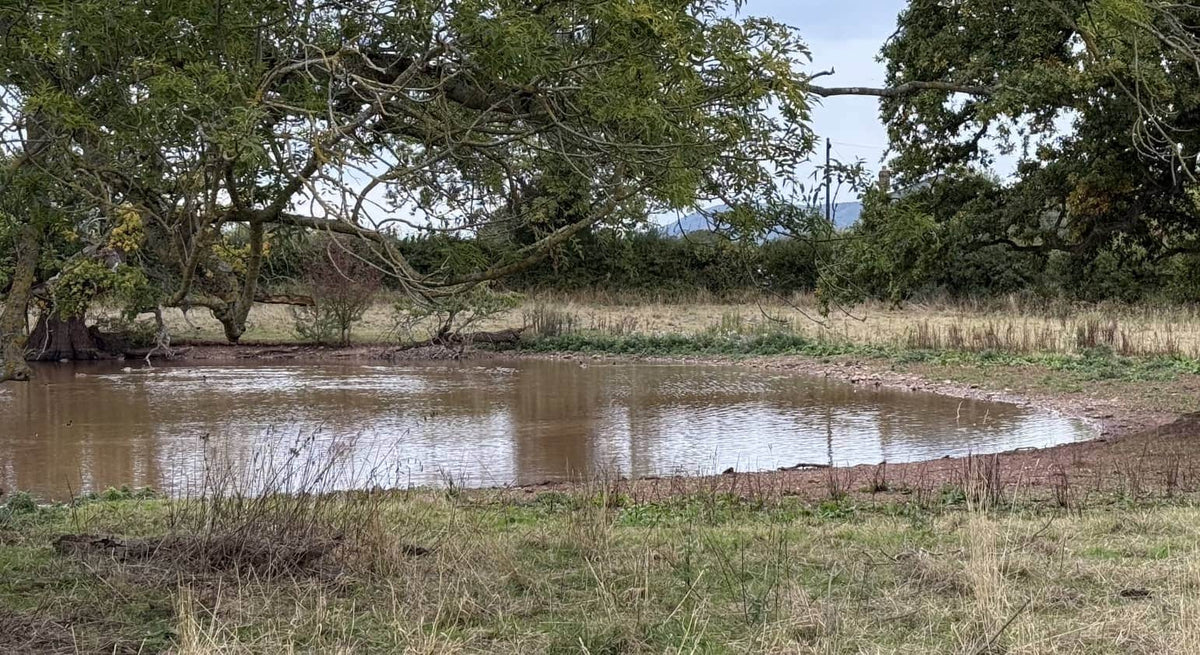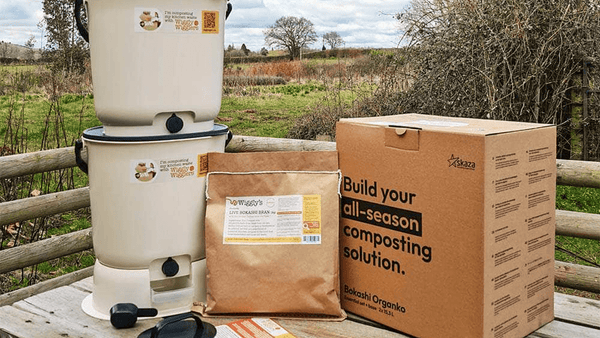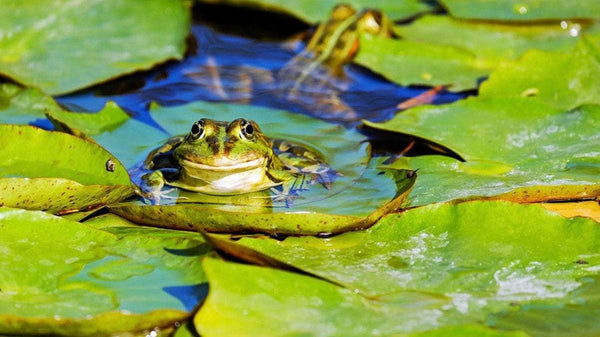From Dirt to Soil – Our Regenerative Farming Journey 🌱
Diversifying to Survive 🐄🐖🚚🐛
Our Latest Project: The Pond 🐸🦆🐞

Right now, the pond on the farm is a bit sad: no fish, no plant diversity, and very little life at all. We want to change that. The plan is to transform it into a thriving wildlife haven with:
- Aquatic plants (lilies, reeds, oxygenators)
- A mix of native fish species
- Frogs, toads, and newts
- Dragonflies and damselflies
- Ducks, moorhens, and other water birds
- Insects and pollinators
- A richer ecosystem all round
In short – we want to make this pond ALIVE. And the best bit? You’ll be able to follow along as it changes – from stagnant water to a thriving hub of wildlife – right here on our updates.

How You’re Helping
Every time you buy from Wiggly Wigglers, you’re helping us make this journey possible – from soil biology to bird food, from cowsheds to compost kits.
And if you’d like to help with the pond project specifically, you can simply add a tip to your order. Every penny will go straight into transforming that pond into a buzzing, splashing, wriggling hub of life – and you’ll be able to watch its progress as we bring it back to life.

🌿 Help Us Bring the Pond to Life
Add a tip to your order today – every penny goes straight into creating a wildlife-rich pond at Lower Blakemere Farm. Together we can make it ALIVE – and you can follow the journey with us.














